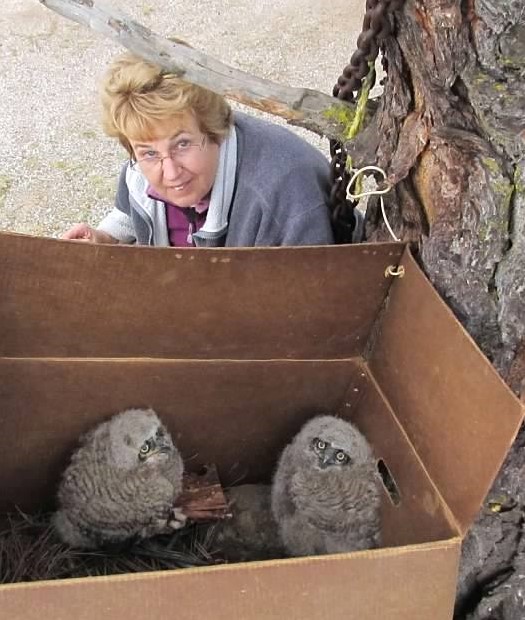If you care leave them there!
Shasta Wildlife Rescue & Rehabilitation, Inc. is not able to rescue, rehabilitate or take possession of BEARS, BOBCATS, COYOTES, FOXES OR MOUNTAIN LIONS.
Who to contact for assistance:
ahnow.org/resources.php for general assistance and referrals California Department of Fish and Wildlife at 530-225-2300 or askregionl@wildlife.ca.gov
This coronavirus crisis has wildlife rehabilitators searching for ways to comply with Shelter-in-place orders and Social Distancing recommendations while maintaining the well-being of our typical spring-time patients. During our normal baby bird season, we take in around 800 baby animals but about half of those babies did not need human intervention. So, in order to keep interactions with our community members at a minimum, we respectfully request that you take a moment to decide if the baby wild animal you found is in real need of our intervention or is behaving normally for that species.
If you Find a Baby Mammal (bunny, fawn, etc.)
If you find a baby mammal (bunny and fawn are common) seemingly alone, please leave it there (or put it back). Mom leaves them alone for much of the day and will return.
If you care, leave them there.
If You Accidently Damage or Destroy A Bird or Squirrel Nest
If you unwittingly destroy a bird or squirrel nest, put the babies in a box and affix the box in a nearby tree using a bungie or rope. Once the parents determine it is safe for them to approach their babies, they will. Squirrels will gather their babies and take them to a secondary nest. Song birds will feed the babies while they finish growing up in the box. Baby owls and hawks will exit the box and climb the tree to reunite with their parents or the parents will care for them in the box.
If you care, leave them there.

If you Find a Baby Heron
If you find a baby heron alone but in a safe area, leave them there. Herons are not known for their nest construction abilities and as a result, their nests commonly fail, leaving the baby on the ground. Mom will likely return and care for the baby while she “rebuilds” her inept nest.
If you care, leave them there.
If you Find a Fully-feathered, Bird
If you discover a fully feathered little bird hopping on the ground in your yard, at the park, or anywhere they are not in immediate danger, leave them be. Many birds must fledge on the ground for a few days before they can fly. Just please keep your pets indoors or at least away from the bird while it progresses through this dangerous but natural time.
If you care, leave them there.
How Can You Help?
If you are unsure about what to do, taking a picture and/or video of the animal and it’s behavior using your smartphone is a great way to remotely show us the animal while maintaining the “shelter-in-place” order.
If you are certain that the animal is orphaned or is injured, check out our find a critter page for further instruction.
Please keep in mind that we volunteers are passionate about what we do but, just like much of the community, we are facing major financial difficulties. Please make every effort to transport only the animals in true need of rescue and (if at all possible) consider donating monetarily and/or items such as toilet paper (we use for nest-making), paper towels, nuts, or other items from our wish list.



